1. Blue whale
The largest animal on Earth is the blue whale (Balaenoptera musculus), which may grow up to 100 feet (30 meters) in length and 200 tons in weight. These magnificent sea mammals are distinguished by their unique blue-gray coloring and long, lean bodies. As baleen whales, blue whales filter tiny shrimp-like creatures known as krill from the water with the help of comb-like plates in their teeth. Blue whales are frequently seen swimming close to the ocean’s surface and are noted for their friendly disposition despite their massive size. Regrettably, they are threatened by things like climate change and ship strikes, which highlights the necessity of conservation efforts to save these amazing animals.

2. African elephant
The largest land animal is the African elephant (Loxodonta Africana), which is distinguished by its enormous size, characteristic wide ears, and long, curving tusks. The largest terrestrial animal, the African elephant is distinguished by its long, curving tusks, enormous ears, and grayish skin. They display strong familial ties, intricate social structures, and extraordinary intelligence. Through their influence on vegetation and creation of water supplies, these herbivores are essential in forming ecosystems. These sociable and intellectual animals live all over Africa, in woodlands and savannas. Matriarchs lead close-knit family groups of African elephants. They use infrasound, body language, and vocalizations in their intricate communication system. Acknowledged for their exceptional recall and critical thinking skills, they are vital to the upkeep of ecosystems since they form water holes and mold plants. Unfortunately, poaching for their ivory tusks, habitat loss, and conflict between humans and wildlife pose serious risks to African elephants. For these famous creatures to survive, conservation efforts are essential.
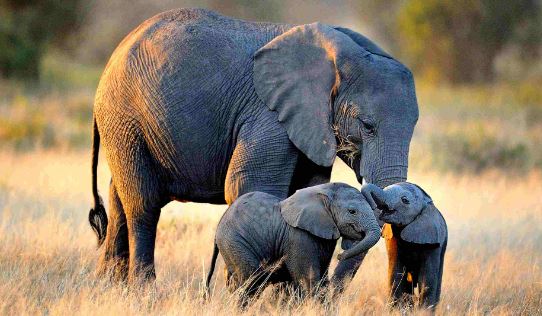
3. White rhinoceros
One of the two rhinoceros’ species that are native to Africa is the white rhinoceros (Ceratotherium simum). The word “white” in the name of the white rhinoceros is believed to be a mistranslation of the Dutch word “wijde,” which means “wide,” alluding to the rhino’s wide mouth. White rhinos are distinguished by their enormous size, two conspicuous horns on their snouts, and square-shaped lips that are designed for grass-grazing. They live in savannas and grasslands and are mostly grazers. Unfortunately, poaching for their horns—which are mistakenly thought to have medical qualities—poses a serious threat to white rhino populations. To save the white rhinoceros from going extinct, conservation programs and anti-poaching campaigns are essential.
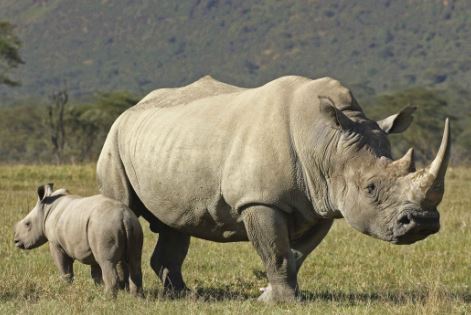
4. Hippopotamus
Large and primarily herbivorous, the hippopotamus (Hippopotamus amphibius) is a mammal that lives in rivers and lakes all over sub-Saharan Africa. Hippos, which are distinguished by their powerful tusks, enormous jaws, and barrel-shaped physique, spend the most of the day submerged in water to stay cool. Hippos, despite their gentle look, are more likely than other large animals to cause human fatalities in Africa due to their territorial and violent nature. Hippos can run very quickly on land and are great swimmers. Their distinct skin secretes a reddish fluid known as “blood sweat,” which serves as an organic sunscreen and antimicrobial. In order to protect these large semi-aquatic fish from dangers like habitat loss and poaching, conservation activities are crucial.
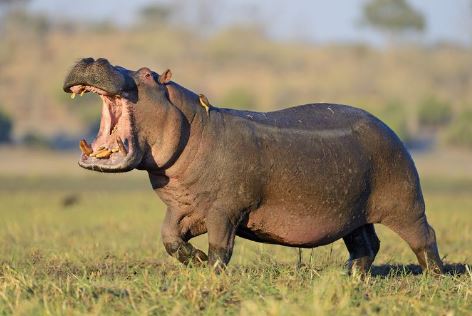
5. Grauer’s gorilla
The eastern lowland gorilla, or Grauer’s gorilla (Gorilla beringei graueri), is a subspecies of the eastern gorilla that lives in the Democratic Republic of the Congo’s woods. These large primates are distinguished by their dark coats, strong physique, and prominent sagittal crest on the male’s skull. The majority of Grauer’s gorillas’ food consists of fruits, leaves, and other plants; they are herbivores. Unfortunately, logging, agriculture, and human expansion have destroyed their habitat, posing serious challenges to them. They are also affected by civil upheaval and poaching in their own regions. The Grauer’s gorilla, which is currently classified as endangered, depends on conservation efforts and the preservation of its natural habitats.
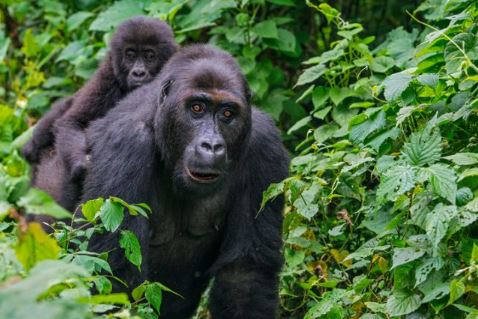

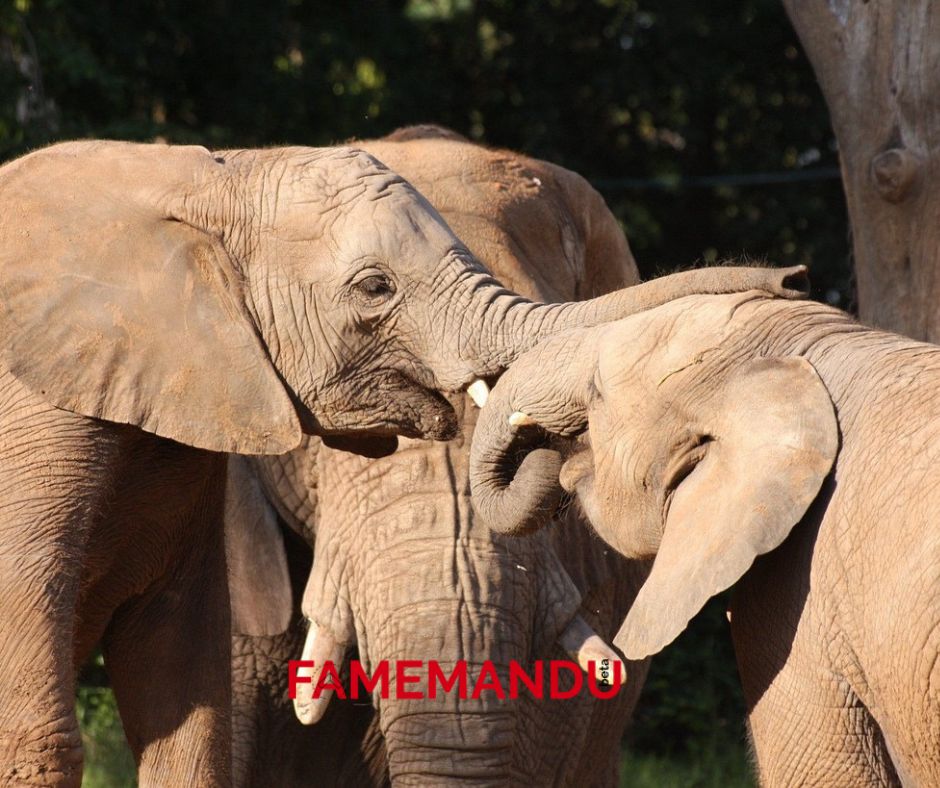

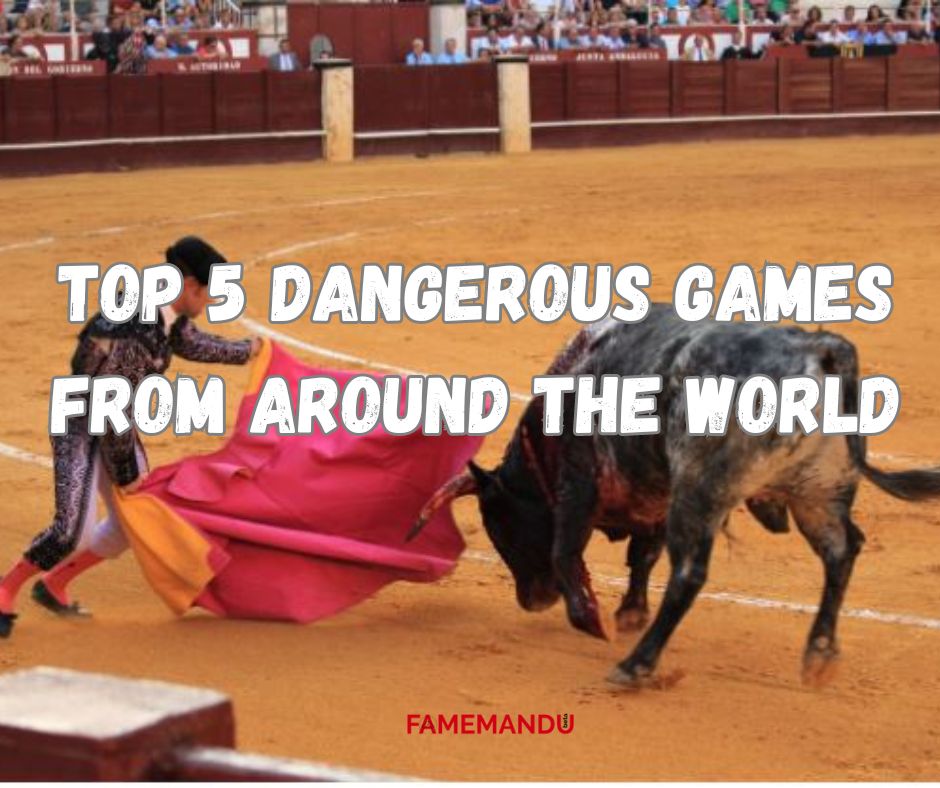


Leave a Reply